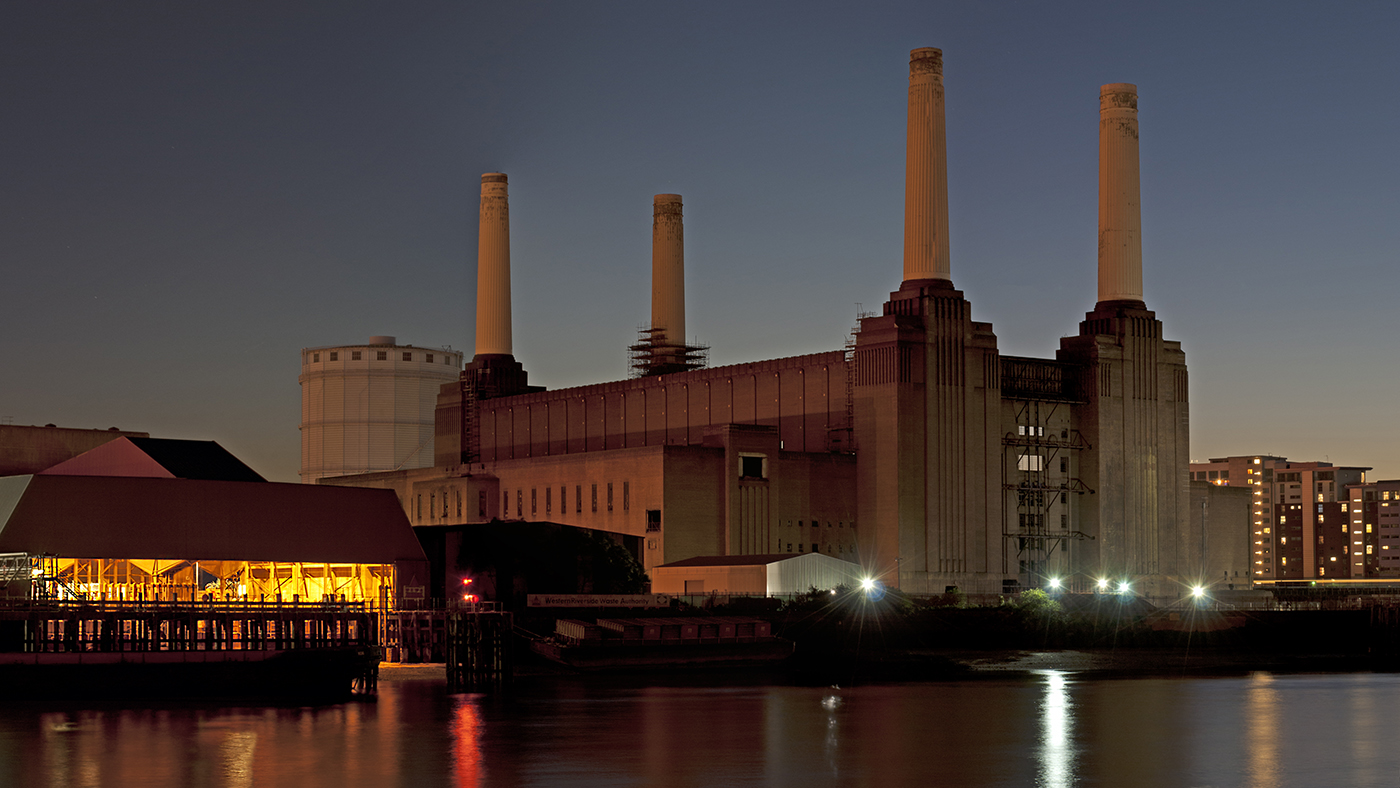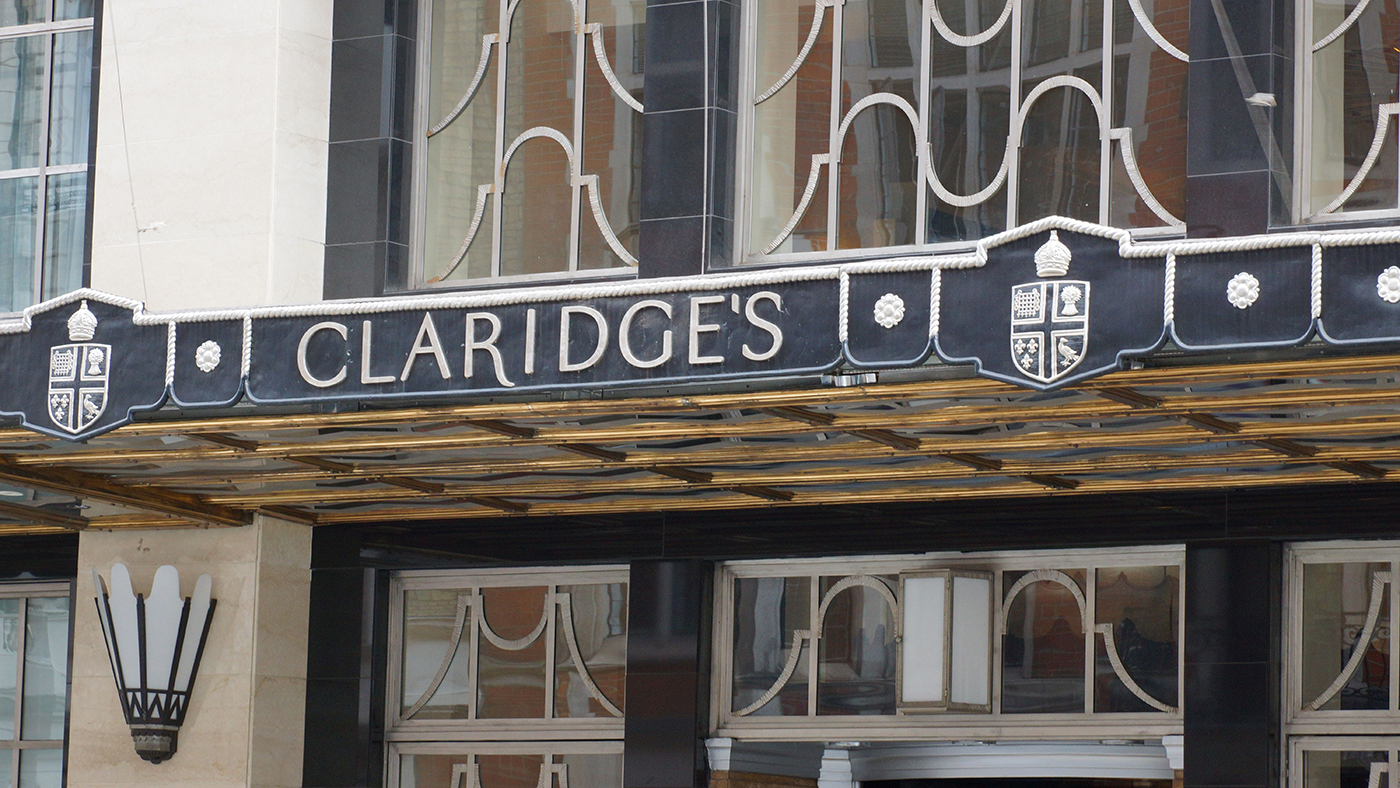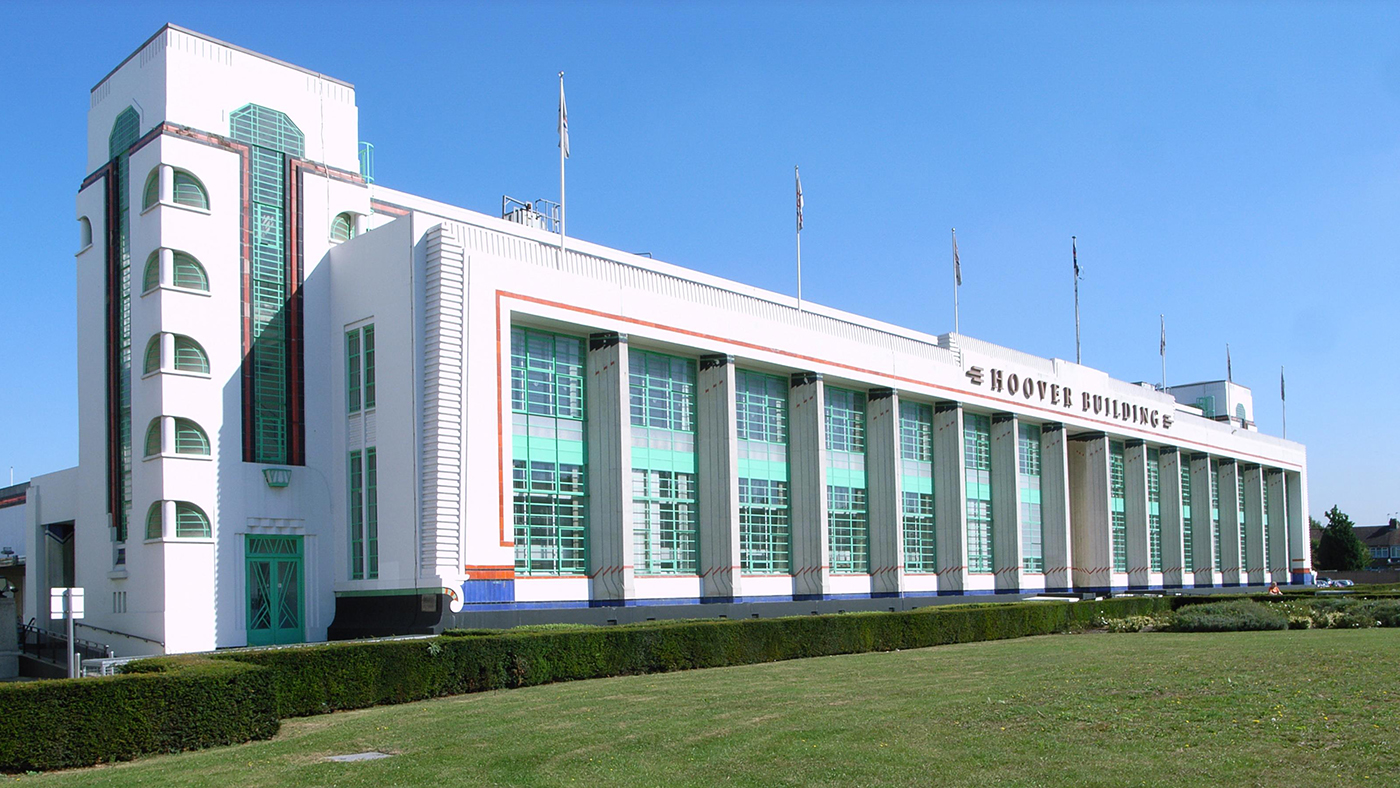The enduring appeal of Art Deco architecture
How the transformation of some 20th-century architectural treasures is set to seduce a new generation of Londoners



Five miles out of central London, next to a thundering dual carriageway, is an iconic edifice that speaks of a more serene era, when even a vacuum-cleaner factory warranted a magnificent facade.
The Hoover Building, one of the capital's finest Art Deco landmarks, has been perceived with affection by Londoners since its construction in the 1930s. During the Second World War, when it was used to manufacture aircraft parts, it was camouflaged to hide it from enemy bombs, and in the 1980s, not only was it given Grade II listing, it was also immortalised in a pop song.
Now, having been bought from a major supermarket chain, it is to be given an entirely new lease of life, with construction beginning this month on 66 very covetable apartments.
The Week
Escape your echo chamber. Get the facts behind the news, plus analysis from multiple perspectives.

Sign up for The Week's Free Newsletters
From our morning news briefing to a weekly Good News Newsletter, get the best of The Week delivered directly to your inbox.
From our morning news briefing to a weekly Good News Newsletter, get the best of The Week delivered directly to your inbox.
The term "Art Deco" was coined following the 1925 Exposition Internationale des Arts Decoratifs et Industriels Modernes, or World's Fair, in Paris. News of the nascent movement spread swiftly across Europe and the US, where it was seized on by architects and designers eager to exploit the chance to free their imagination. Embracing both unfettered creativity and the discoveries of the day, it was characterised by strong geometric shapes, bright colours and motifs inspired by everything from Aztec design to the decadent Jazz Age.

In Britain, archaeological triumphs proved a fruitful source of inspiration. Flanked by two 8.5ft-high statues of the cat goddess Bastet, the former Carreras Cigarette Factory, opposite Mornington Crescent underground station in Camden, is perhaps London's finest surviving example of Art Deco's Egyptian Revival phase. Designed and built in 1926, just a few years after Howard Carter's sensational discovery of the tomb of Tutankhamun, it now houses state-of-the-art office space behind its exotically hued, extravagantly colonnaded exterior.
Among the capital's other well-preserved Art Deco buildings are five-star hotels Claridge's and The Athenaeum, plus a number of Underground stations – especially UFO-reminiscent Southgate and Arnos Grove – designed by architect Charles Holden, who favoured the style. And, of course, no whistle-stop tour of British Art Deco would be complete without mention of Odeon's architecturally significant cinemas. The earliest examples that opened across the country during the 1930s were the work of architect Harry Weedon, who opted for a distinctive maritime style. Nearly a century has passed since the movement's heyday, however, and over the years, many have fallen into disrepair. A handful of the early picture houses have been abandoned to their fate, while others were turned first into bingo halls and then – as bingo, like the silver screen, fell out of favour – churches.
The imposing Grade I-listed 55 Broadway in St James's – another Holden masterpiece and once the tallest building in the capital – was for almost 90 years the headquarters of London Underground, which has now vacated it to make way for luxury apartments. Such modernisation might not always be popular, but it's key to the upkeep of Britain's architectural gems – indeed, the redevelopment of the Hoover Building has the backing of English Heritage. It will sensitively preserve the building’s many Art Deco treasures, such as wrought-iron bannisters, marble floors and Crittall windows (the last being a byword for the glazing style that changed the face of British buildings from the 1930s to 1960s), while introducing necessary new features like double-glazing and a ventilation system. Most importantly, honouring the emotional investment of those of us passing on the A40, its gleaming Snowcrete exterior, emblazoned with glazed ceramic patterns, will be retained and maintained.
A free daily email with the biggest news stories of the day – and the best features from TheWeek.com

On the other side of the Thames, after many years of wrangling, Battersea Power Station is about to undergo similarly ambitious redevelopment. This industrial behemoth – one of the largest brick buildings in the world – was designed in the 1930s by Sir Giles Gilbert Scott. Its size and stark exterior belie its lavish Art Deco touches, which include bronze doors, Italian marble and polished parquet flooring. Having lain dormant since 1983, it's currently undergoing one of the UK's biggest regeneration schemes to date – to the tune of £8bn. Its famous chimneys are being restored to their former glory and some 42 acres of surrounding industrial land is being transformed into a mixed-use development that will include residences, shops and a hotel. The project pairs a number of contemporary architecture's biggest names, such as Frank Gehry and Norman Foster, with some audacious ideas, like the proposed glass "sky pool" suspended between two apartment towers.
Regeneration projects of any scope must be mindful of striking a sensitive balance between original charm and modern sensibilities. On this scale, they demonstrate the same monumental ambition as those early pioneers and, in so doing, pay a very fitting tribute to the bold and beautiful spirit of Art Deco.
idmproperties.com/property/the-hoover-building; batterseapowerstation.co.uk
-
 Into the Woods: a ‘hypnotic’ production
Into the Woods: a ‘hypnotic’ productionThe Week Recommends Jordan Fein’s revival of the much-loved Stephen Sondheim musical is ‘sharp, propulsive and often very funny’
-
 ‘Let 2026 be a year of reckoning’
‘Let 2026 be a year of reckoning’Instant Opinion Opinion, comment and editorials of the day
-
 Why is Iran facing its biggest protests in years?
Why is Iran facing its biggest protests in years?TODAY’S BIG QUESTION Iranians are taking to the streets as a growing movement of civic unrest threatens a fragile stability